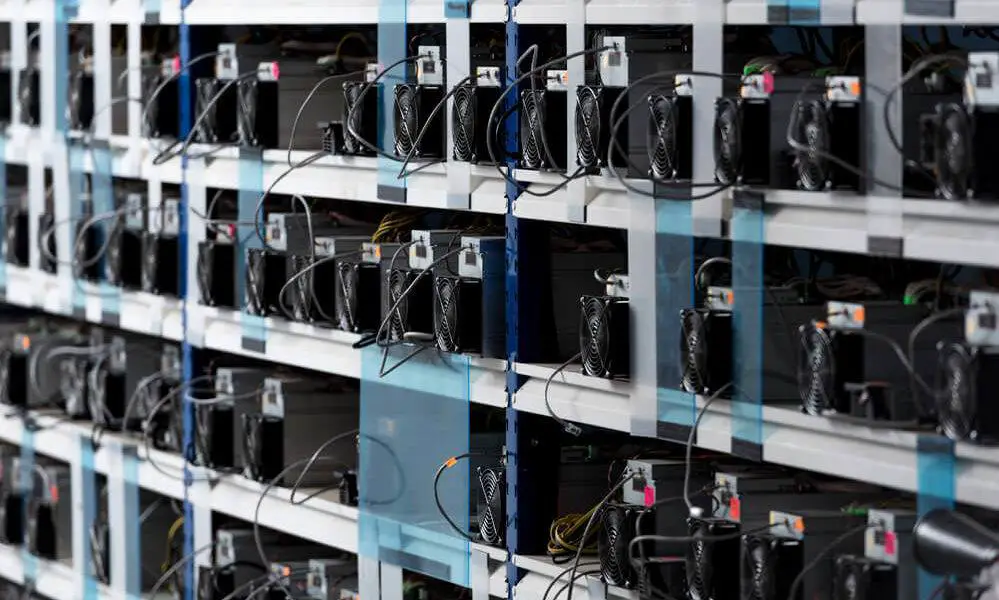Blockchain for Human Rights: A Tool for Justice and Transparency

Blockchain technology holds immense potential to revolutionize the protection and documentation of human rights. Its inherent characteristics of immutability, transparency, and security make it an ideal tool to address the challenges faced by human rights organizations and advocates.
![]()
Immutable Record-Keeping:
Blockchain provides a tamper-proof and transparent record-keeping system where data cannot be altered or erased. This feature enables the creation of secure and reliable databases of human rights violations, evidence, and witness testimonies. By storing such data on the blockchain, organizations can ensure the integrity and preservation of critical information.
Decentralization and Transparency:
Blockchain networks are decentralized, meaning there is no central authority or single point of failure. Data stored on the blockchain is distributed across multiple nodes, making it resistant to censorship and manipulation. This transparency allows for public scrutiny and accountability, ensuring that human rights violations are not concealed or whitewashed.
Efficient Information Sharing:
Blockchain enables efficient information sharing and collaboration among human rights organizations. By using blockchain-based platforms, organizations can securely and quickly exchange data, evidence, and updates. This reduces delays and improves coordination efforts, leading to more effective responses to human rights emergencies.
Evidence Tracking and Verification:
Human rights investigations often rely on eyewitness accounts and other forms of evidence. However, these accounts can be subjective and difficult to verify. Blockchain can provide a reliable way to track and verify evidence, ensuring its authenticity and credibility. By using tamper-proof smart contracts and digital signatures, human rights advocates can build transparent and accountable processes for evidence gathering.
Empowering Individuals:
Blockchain technology empowers individuals to document and report human rights violations. By providing easy-to-use platforms, human rights organizations can enable individuals to securely store their experiences and seek support from authorities or NGOs. This empowers victims to take control over their own stories and increases the chances of justice and accountability.
Conclusion:
Blockchain technology has the potential to transform human rights protection by providing a robust and transparent infrastructure for record-keeping, evidence tracking, and information sharing. By embracing blockchain solutions, human rights organizations can enhance justice, promote transparency, and empower individuals to fight for their rights. As the technology continues to evolve, it is imperative to explore its full potential and develop innovative applications that fuel the fight for human dignity and equality.# Blockchain for Human Rights: A Tool for Justice and Transparency
Executive Summary

Blockchain technology has the potential to revolutionize the way we protect and promote human rights. Its decentralized, transparent, and immutable nature makes it an ideal platform for building systems that can track and verify human rights violations, ensure accountability, and provide victims with access to justice.
Introduction
As the world faces increasing challenges in upholding human rights, we must explore innovative solutions to the problems of systematic suppression and ensure dignity for all people. Blockchain technology, with its transformative potential in various industries, presents a promising avenue to advance human rights. It offers a unique combination of decentralization, transparency, and immutability that can be leveraged to create new mechanisms for human rights monitoring, data management, and accountability.
Subtopics and Key Points
1. Data Collection and Verification
- Decentralized data storage: Blockchain distributes data across a network of computers, eliminating the possibility of centralized control or data manipulation.
- Tamper-proof records: Transactions and data stored on the blockchain are immutable, providing a secure and reliable way to document human rights violations.
- Enhanced data collection: Blockchain can facilitate the collection of data from multiple sources, including individuals, organizations, and governments, ensuring a comprehensive view of human rights issues.
2. Transparency and Accountability
- Publicly accessible ledgers: Blockchain data is transparent, allowing anyone to access and review the records of human rights violations.
- Identifying perpetrators: Blockchain can help identify individuals and organizations responsible for human rights violations, promoting accountability.
- Evidence for prosecutions: The immutable nature of blockchain records makes them admissible as evidence in courts, strengthening cases against human rights abusers.
3. Victim Empowerment
- Direct reporting to authorities: Victims of human rights violations can report incidents directly to authorities through blockchain-based systems, eliminating the fear of retaliation.
- Empowerment through access to information: Blockchain can provide victims with access to information about their cases, legal aid, and support services.
- Compensation and reparations tracking: Blockchain can be used to track and distribute compensation and reparations to victims of human rights violations, ensuring transparency and timely delivery.
4. Human Rights Monitoring and Early Warning
- Real-time monitoring of human rights violations: Blockchain-based systems can monitor real-time data from various sources to identify and report human rights violations as they occur.
- Predictive analytics and risk assessment: Blockchain data can be used for predictive analytics to identify potential risks to human rights and develop early warning systems.
- Actionable insights for decision-makers: Blockchain technology can provide policymakers and humanitarian organizations with actionable insights to inform their decisions and interventions.
5. Collaboration and Coordination
- Interoperability between systems: Blockchain-based human rights systems can be designed to interoperate with each other, sharing data and resources to create a comprehensive global network.
- Facilitating collaboration among stakeholders: Blockchain can promote collaboration and coordination among various actors in the human rights field, including governments, NGOs, and international organizations.
- Harnessing collective expertise: Blockchain technology enables the pooling of knowledge and expertise from a diverse network of human rights experts and organizations.
Conclusion
Blockchain technology holds immense potential for advancing human rights globally. By addressing the challenges of data collection, transparency, victim empowerment, human rights monitoring, and collaboration, blockchain-based solutions can create a more just and equitable system for everyone. As the technology continues to evolve, we must explore its full capabilities to build a world where human rights are upheld, and all individuals enjoy freedom and dignity.
Keyword Tags
- Blockchain technology
- Human rights
- Data transparency
- Victim empowerment
- Accountability
FAQs
1. How can blockchain prevent human rights violations?
Blockchain can provide transparency, accountability, and evidence for prosecuting human rights violators, acting as a deterrent to such actions.
2. How does blockchain empower victims of human rights violations?
Blockchain enables victims to report violations directly to authorities, provides access to information and support, and ensures transparent distribution of compensation.
3. Can blockchain help monitor human rights violations in real-time?
Yes, blockchain-based systems can monitor various data sources to identify and report human rights violations as they occur.
4. How does blockchain foster collaboration in the human rights field?
Blockchain facilitates data sharing, resource coordination, and collective expertise among various stakeholders, including governments, NGOs, and international organizations.
5. What are the limitations of blockchain technology in advancing human rights?
While blockchain offers significant potential, it requires careful implementation, data privacy considerations, and ensuring accessibility for all individuals.
